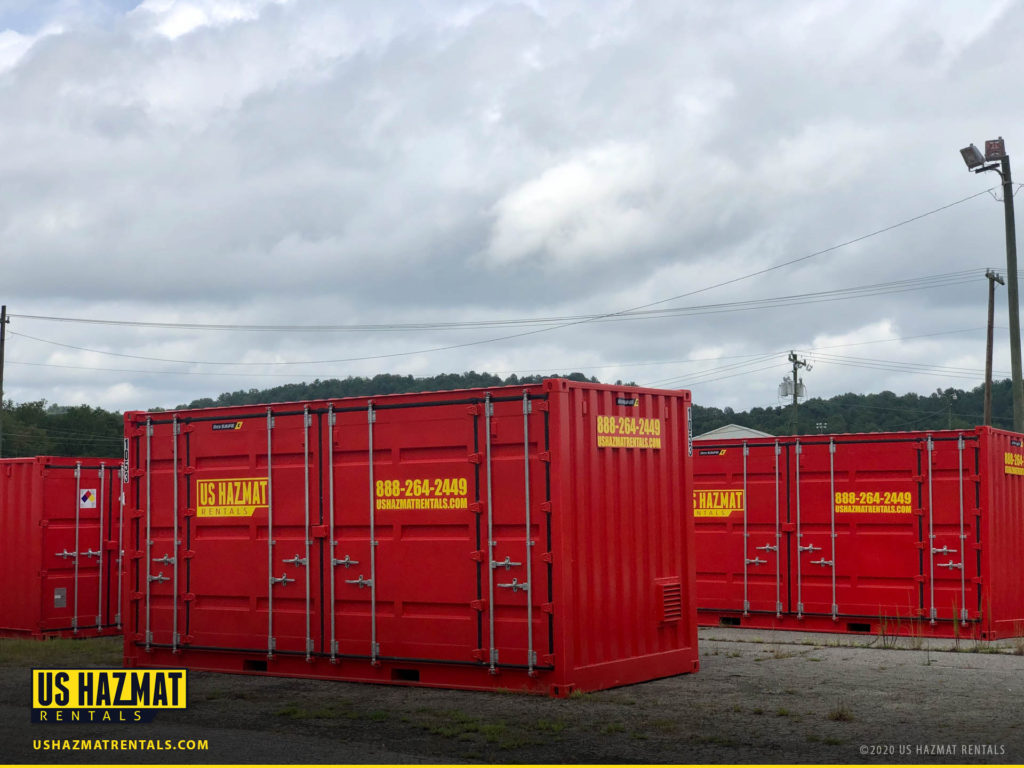No business owner wants a visit from OSHA safety inspector. More often than not, a surprise visit from these incredulous hardhat inspectors indicates that trouble is at foot. As with any other bureaucracy, OSHA inspectors are fairly straightlaced and matter of fact. They don’t enjoy chitchat or workplace banner. If an OSHA agent is making their rounds at the factory or yard, they’re looking for willful violations that need to be immediately addressed. They mean business. Why else would they be here? While random visits do happen, more often than not, they’ve been tipped off. Some disgruntled worker or unsatisfied customer has likely voiced their concerns about an ongoing safety issue at the jobsite. To mitigate or completely prevent serious workplace violations, consider implementing a OSHA Safety and Health Management System.
What is an OSHA Safety and Health Management System?

Essentially, an OSHA Safety and Health Management System is a series of rules and protocols intended to streamline health and safety workflows at the jobsite. This program includes wide ranging health and safety policies, standards and records, as well as ongoing health safety activities and regulations put in place at your business. No two management systems will be identical as every industry encounters its own unique and challenging hazards and risk factors. Employee participation is considered a key element of any successful SHMS. OSHA’s overarching goal of encouraging the implementation of such a plan at every business that falls under its purview is as thorough as it is comprehensive. OSHA is so committed to the HMS, it’s even implemented such a plan at its headquarters for their employees. Practice what you preach, right? OSHA believes in the system so much they practically assume that every business should’ve already implemented such a plan prior to their arrival. While an HMS is greatly encouraged, there is currently no federal regulation requiring a HMS. That doesn’t mean your company shouldn’t develop one.
What are the Benefits of Having a Safety Program?
Fines and civil penalties concerning willful OSHA violations can really add up and eat into profits. You know the government is serious about cracking down on willful violations because a portion of the proposed Build Back Better Act sought to raise OSHA’s minimum fine for willful or repeated violations to $50,000 from $9,753 and the maximum to $700,000 from $136,532. While there hasn’t been any final word on these proposed changes, you know once dogged legislation is introduced, sooner or later it meets the business end of the president’s ballpoint pen. Having a “safety program” in place can really help a company save face if citations do come down the pipeline. Remember the key word of OSHA’s provision is “willful.” Well, how can the government prove these violations were intentional and malicious if your company has a safety program put in action that at least tried to mitigate these issues?
Key Elements of an OSHA Safety Program
Having a health and safety management system can really boost employee morale because it shows your genuinely concerned for your workers. It’s also great a PR move. If community and civic leaders see your business has enacted a “safety program” that might pay huge dividends down the road when shopping for tax incentives and employee recruiting. But more importantly, an OSHA safety program can and will reduce the risk of injuries and death in the workplace. That’s what should matter most to you as a supervisor or CEO. Here is a brief overview of some key elements and examples of OSHA’s SHMS.
- Direct managerial oversight and implementation of safety program that outlines resources and overarching goal of program.
- Each SHMS should encourage employee participation, which includes required employee training and encouraging the reporting of potential violations on the jobsite without fear of reprisal from management. Other facets of the plan should include timely reporting and investigations of all potential incidents.
- Identifying all potential safety hazards and risks inherent to each specific job and industry. Documentation of prior incidents or accidents that happened at other facilities in your same industry could be advantageous in writing a comprehensive and thorough safety plan. Learn from the mistakes of others, so you don’t repeat these incidents tomorrow.
- Routine employee education and training. Simulating emergency situations like a tornado or fire drill could shave seconds off response times should these scenarios become a reality.
- Preventing potential hazards with proper controls can mitigate catastrophe. Investing in a fire-rated chemical storage locker, for example, is an excellent example of control and mitigation.







